You have just had your bathroom renovated. Not long after, you noticed that the grout on the floor was not drying out completely. You're worried and wondering why your grout looks wet long after a shower. Worry no more because we searched for the answers for you.
When your grout appears to be wet or discolored long after a shower, there must be underlying problems caused by incorrect installation procedures. It can also be due to the water-soluble materials in the grout. Here are some of the most common reasons why this happens:
- Excessive water was added in mixing the grout
- Inadequate curing or drying time
- Improper amount of additive applied
- Untimely removal of excess grout and haze
- Premature or insufficient application of grout sealer
- Water buildup under the tile flooring
Constructing a shower or renovating an old one can be daunting. A homeowner will need to address problems such as mold and mildew growth, pest infestations, structural decay, and foundation damage. To prevent grout-related problems and other shower tile issues, read on!

Grout Looks Wet Long After Shower - Is This Okay?
Appropriate grout application during any tile installation is essential. Grout primarily prevents dirt and debris from getting in between or under the tiles. It also fortifies the placement of tiles to withstand chipping and cracking.
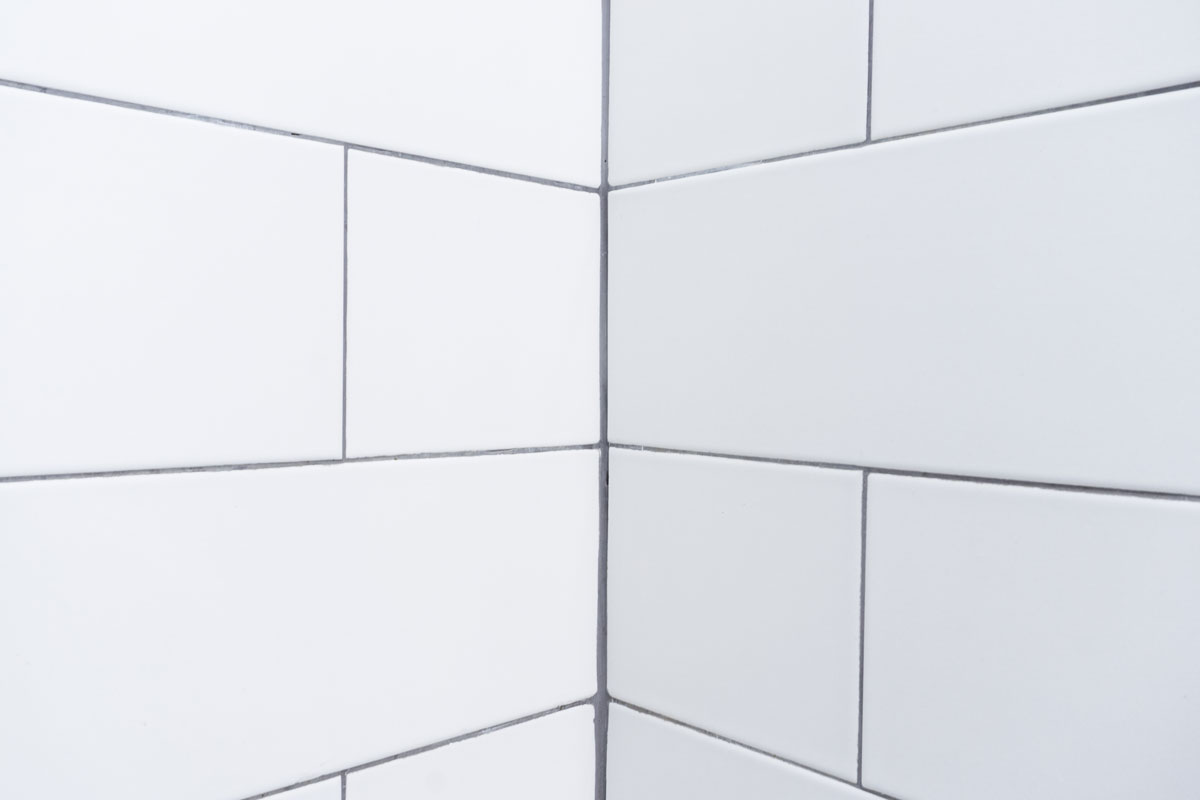
Time may come, however, when your shower's grout on the floor or walls starts showing signs of deterioration or poor application. These signs may include grout looking consistently wet, and it is due to any of the following:
1. Excessive water added in mixing the grout
Grout is in premixed powder form and needs water to become sticky and applicable. Water is important to trigger the bonding and hardening process. But you must measure the right amount of water to mix with it; otherwise, it can either become too wet and runny or too dry and powdery.
Too much water can render the grout less durable when it dries; thus, it becomes vulnerable to crumbling. As the grout sets and dries up, water from it evaporates, leaving microscopic holes in its structure. Therefore, these tiny holes will weaken the integrity of the grout.
To achieve a smooth paste-like consistency, aim for a 1:1 ratio of grout and water. Or better yet, follow the manufacturer's instructions for a satisfactory result.
Check out this pre-mixed grout on Amazon.
2. Inadequate curing or drying time
It usually takes 2 to 3 days (48 to 72 hours) in temperatures not less than 50 degrees Fahrenheit to cure or dry grout thoroughly between the tiles. Only after then can you apply a grout sealer. Tilers recommend letting the sealer stand for 24 hours before using the shower.
3. Improper amount of additive applied
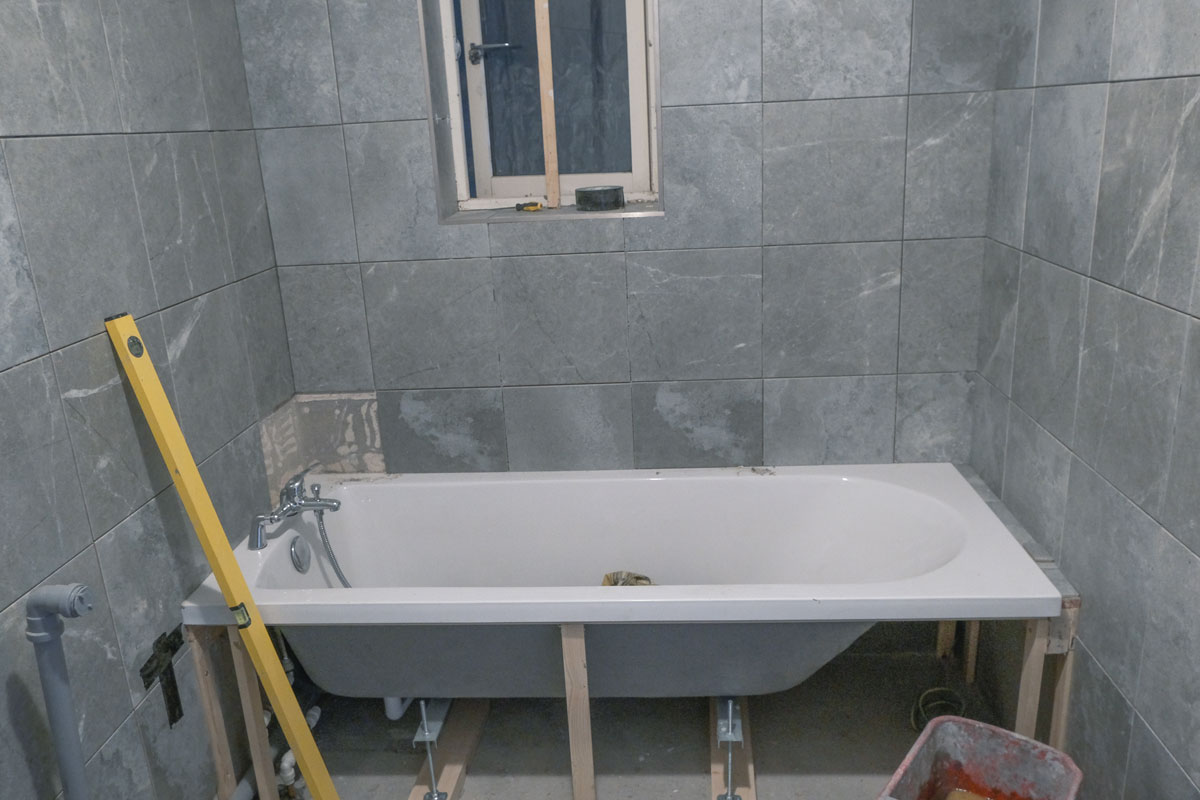
Tile installer may have mixed additive with grout before application. Additives are a water-based acrylic liquid that makes the grout stronger, more flexible, water-resistant, and consistent in color. But too much of it can make grout application difficult because the mixture can easily
You can use additives instead of water as you mix your grout.
4. Untimely removal of excess grout and haze
A tiler needs to let the grout set in before trying to remove its excess and its haze, a whiteish residue left on the tile after the grouting process. Otherwise, wiping too soon can result in gouges or unevenness. When this happens, the unevenness can become a tiny spot where water can accumulate and where cracks can begin.
Right timing is the key to removing excess grout and haze using also the right tool.
Check out this grout removal tool on Amazon.
5. Premature or insufficient application of grout sealer
While grout is water-resistant, it is not water-proof. Water, grime, stain, and bacteria can seep into it if it's not sealed in time, so grout sealant should be applied with the right amount and at the right time.
Moreover, without sealing the grout, the floor and the walls of your shower will absorb moisture, creating a breeding place for bacteria, mold, and mildew. When water accumulates in the substrate, it can leave the grout looking wet even after your shower.
Always remember that sealer is beneficial for grout, especially for cement-based ones. It should not be applied on epoxy-based grout as it is already highly durable, and water and stain-resistant. Lastly, you should apply a sealer only when the grout has completely dried up.
6. Water buildup under the tile flooring
The first and most probable cause of discoloration of grout is water accumulation. Grout is the result of the combination of silica, silicon, sand, and other materials, and it is naturally porous. At times, a crack on a tile can go unnoticed. Therefore, as time goes by, water can find its way through the tile flooring.
There are also instances when water ends up pooling stealthily beneath the tiles and grout due to poor drainage or leakage. Similarly, the water buildup can occur when there are hollow spots under the tiles. If left unchecked, the grout will get soaked and start looking constantly wet.
Do I Need to Seal Grout in the Shower?
Sealing grout in the shower is necessary especially if your tiler used a cementitious grout during the installation. A sealer will prevent moisture from penetrating the already porous grout and the substrate to which the tiles were fastened. Besides, sealer ensures the longevity of both the grout and tiles.
If you're planning to seal the grout in your shower by yourself, be sure to keep your children and pets away and to wear protective eye gear, gloves, and a mask as the sealer contains very harmful chemicals. Also, keep the area well-ventilated while applying the sealer.
Which Grout to Use in Bathrooms?
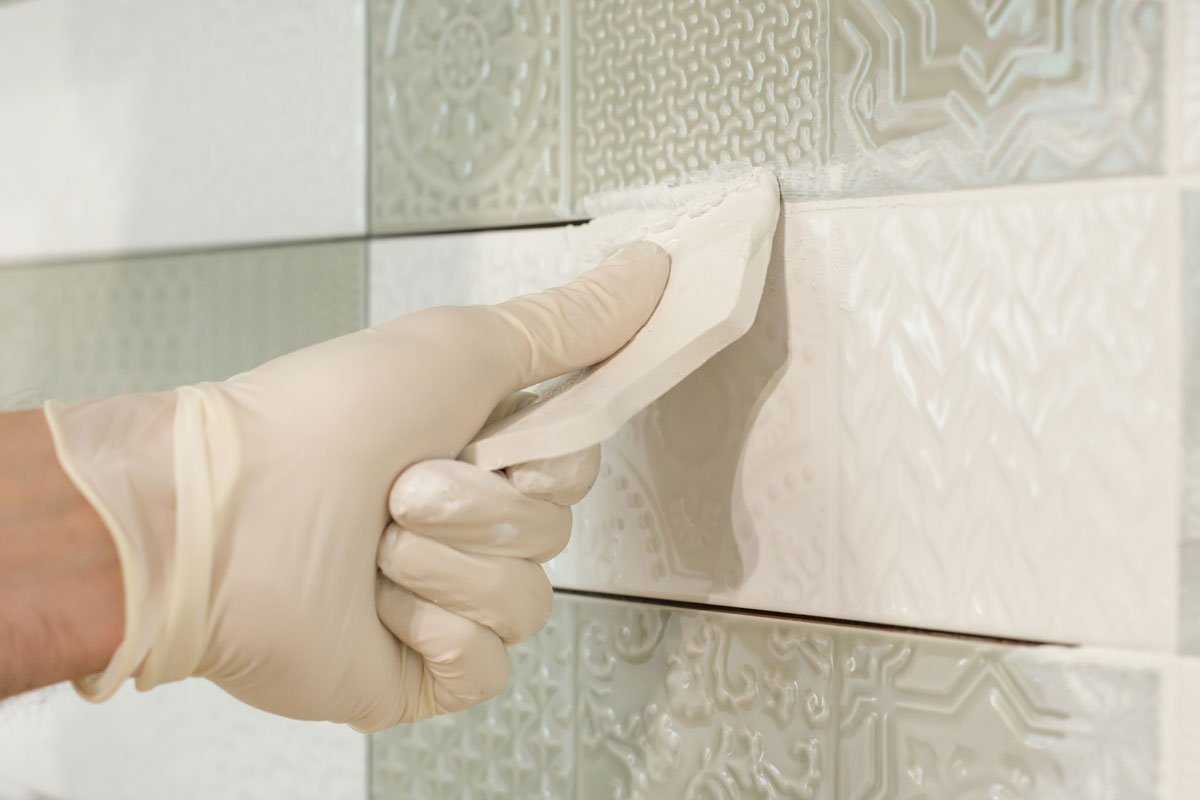
There are primarily three types of grout used in tile installations, and not all of them are ideal for bathrooms or showers. They are cementitious grouts (least expensive), epoxy grouts (most expensive), and furan resin grouts.
Epoxy grout
The most effective, durable, and long-lasting grout to use for your shower (and other damp areas) is an epoxy-based grout. It can resist water and heavy moisture caused by steam and condensation. Because it is less porous and highly adhesive, it inhibits mold and bacterial growth.
Not only is epoxy grout perfect for your shower but also in other high-traffic areas such as hospitals, schools, and malls. Additionally, it does not require water in the mixing process, and its drying time is remarkably shorter than that of cementitious grout.
Check out this epoxy grout on Amazon.
Related post: Can You Epoxy a Shower Floor?
Cementitious grout
This type of grout uses Portland cement as its binders, additives, and other fillers such as sand and mineral particles. The subtypes of cementitious grout are sanded, unsanded grout, and latex-modified grout.
Furan resin grout
Somewhat similar to epoxy grout, this binder-filler uses a strong combination of alcohol and polymer. While epoxy is extremely water-resistant, furan is chemical and heat-resistant. It is most ideal for places such as laboratories, kitchens, breweries, and factories where people use all sorts of liquids.
DIY application of this type of grout is not recommended as it requires heat and special techniques during the installation. Seek professional help should you need to use this type of grout.
How Often Should You Reseal Grout in Shower?
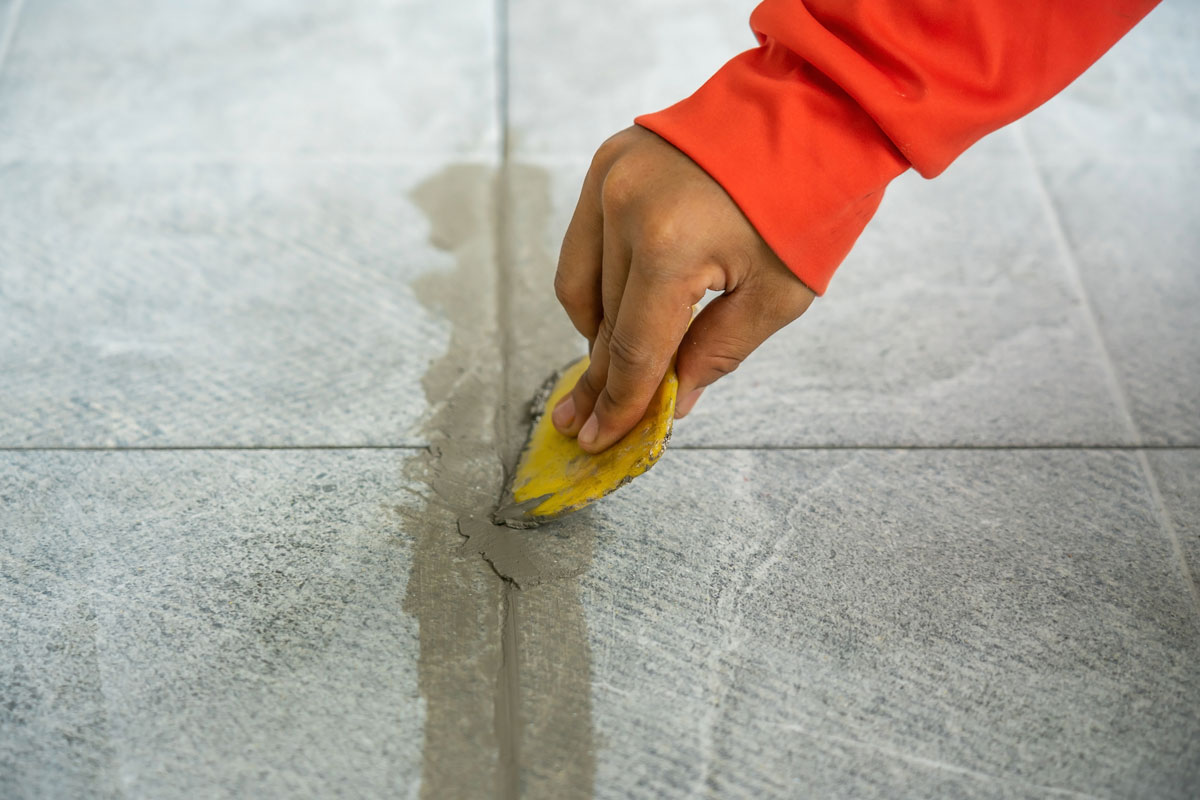
In general, the grout in the shower should be sealed once a year. You should, however, consider resealing the grout in the main bathroom twice a year if your shower is used very frequently by many household members. This is especially true if you have cementitious grout.
Of course, to prolong the protective effect of the sealer, you should provide regular maintenance to your shower. Keep the bathroom floor clean and dry. Do not allow spilled chemicals to stay for a long time on the floor as they may react to the grout. Lastly, avoid using abrasive cleaners when cleaning the tile flooring of your shower as they can deteriorate the grout.
Conclusion
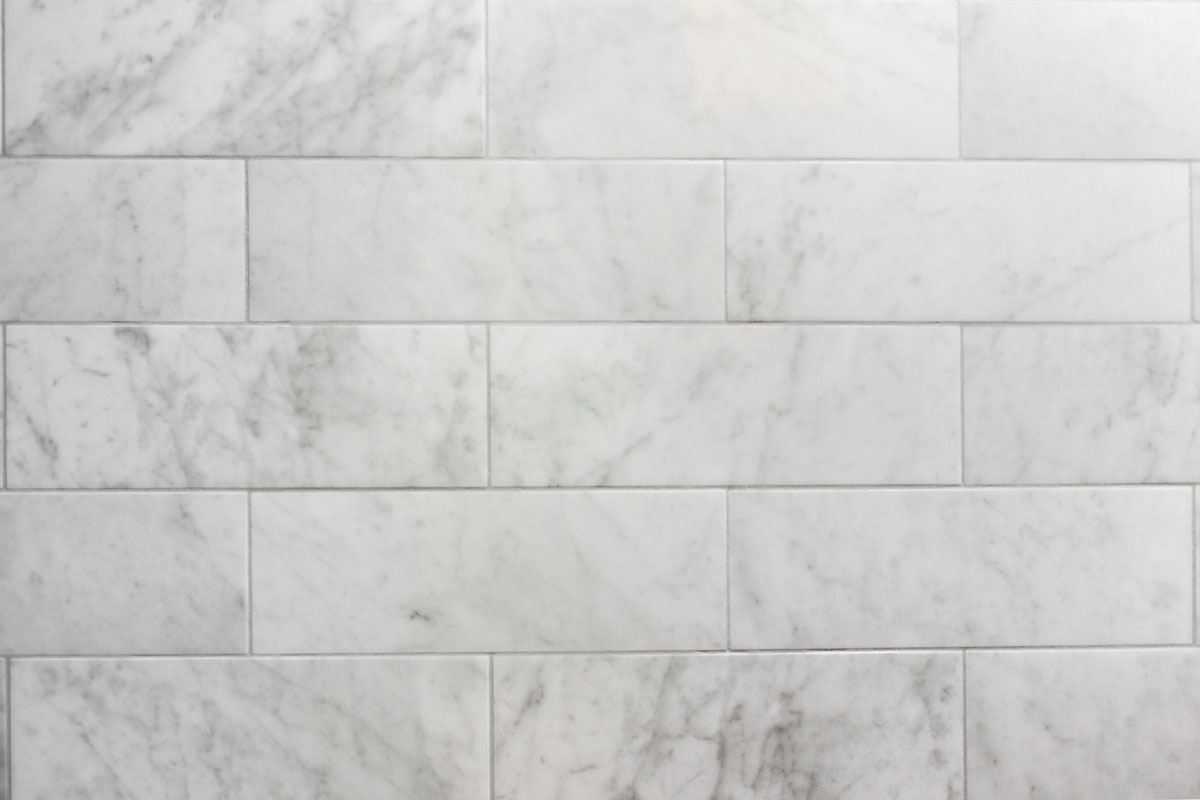
Bathrooms and showers are inevitably damp. Water brings comfort as we bathe ourselves, but is also an enemy that can bring health hazards. By applying and sealing grout properly, we can strengthen the integrity of our bathroom tiles and keep them looking neat. More importantly, we can avoid respiratory illnesses caused by mold and bacterial growth.
Did you find this post helpful? Find more tips and suggestions about grouting in these articles:



